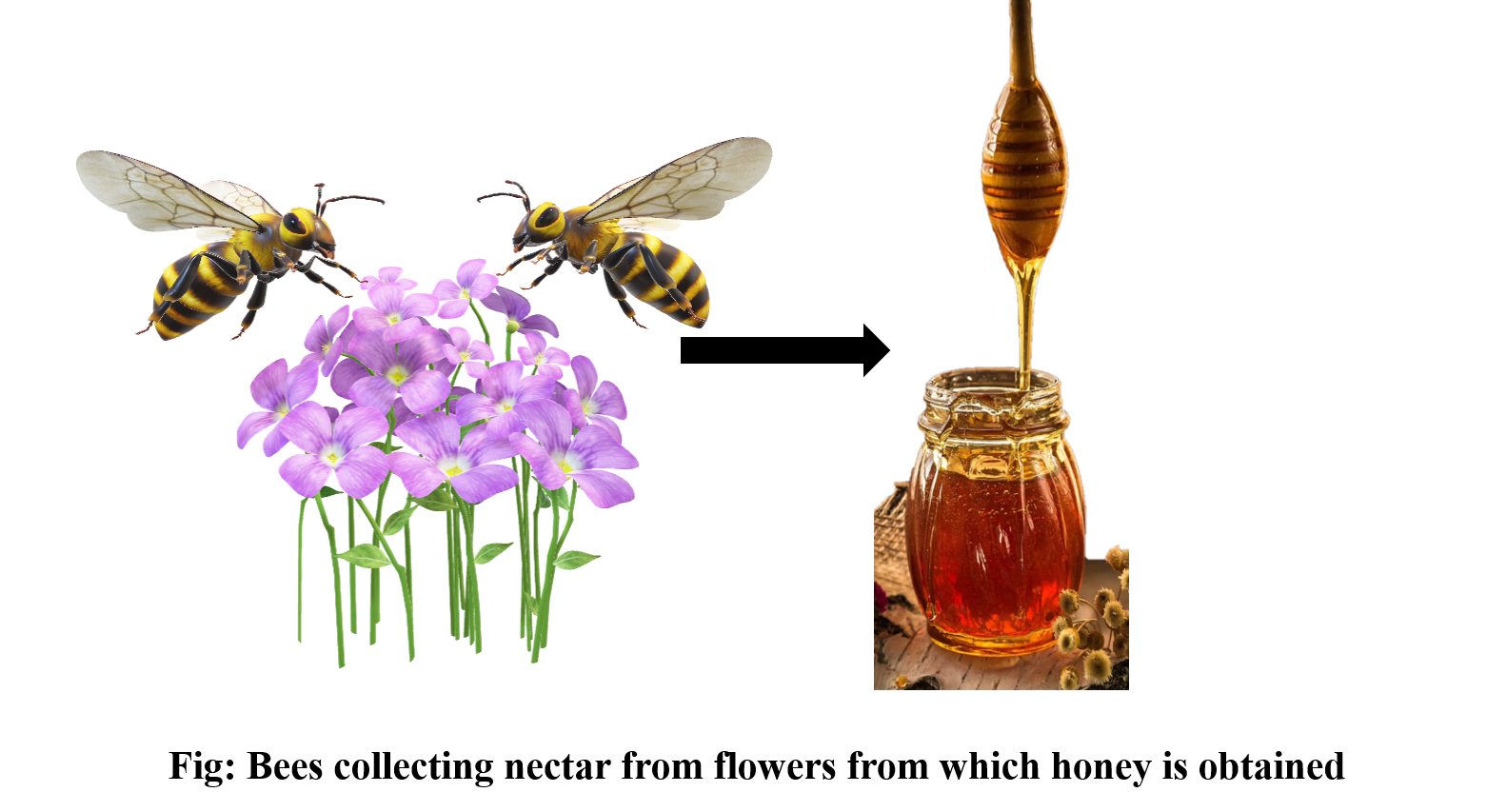Answer
397.5k+ views
Hint: The name of the process has been derived from the biological name of the honey bees and is also called as a scientific method of rearing honey bees. It includes the care and management of these organisms.
Complete answer:
Beekeeping or apiculture is the management of colonies of honey bees, usually found in hives, by humans to collect their honey and other items produced by the hive (such as beeswax, royal jelly, propolis, and pollen), to produce bees for sale to other beekeepers or to pollinate crops.
Most such bees in the genus Apis are honey bees, but other honey-producing bees such as stingless Melipona bees are also kept.
Sericulture is the rearing of silkworms to produce silk. Pisciculture or Fish farming is a technique obtained for fish processing. Tissue culture is a technique employed in an artificial medium to cultivate cells collected from tissues.
Additional Information: For the early farmers, honey bees were probably valuable both for their honey, which is a rare sweetener for them, and for their beeswax, which probably had technical, cosmetic, and medicinal uses. Since the close interaction between humans and honey bees dates back to the beginning of agriculture, it is likely that honey bees, along with sheep and goats, were among the first creatures to begin moving down a path towards domestication when agriculture originated and spread about 10,000 years ago.
So, the correct answer is ‘Apiculture’.
Note: A beekeeper (or apiarist) keeps bees to collect their honey and other items that are created by the hive. Apiary or the bee yard is the name referred to where the bees are placed. Apiculture is the technique of scientific rearing of honey bees in a specially built wooden box and without destroying the honey and wax extract from their artificial hives from the comb base.

Complete answer:
Beekeeping or apiculture is the management of colonies of honey bees, usually found in hives, by humans to collect their honey and other items produced by the hive (such as beeswax, royal jelly, propolis, and pollen), to produce bees for sale to other beekeepers or to pollinate crops.
Most such bees in the genus Apis are honey bees, but other honey-producing bees such as stingless Melipona bees are also kept.
Sericulture is the rearing of silkworms to produce silk. Pisciculture or Fish farming is a technique obtained for fish processing. Tissue culture is a technique employed in an artificial medium to cultivate cells collected from tissues.
Additional Information: For the early farmers, honey bees were probably valuable both for their honey, which is a rare sweetener for them, and for their beeswax, which probably had technical, cosmetic, and medicinal uses. Since the close interaction between humans and honey bees dates back to the beginning of agriculture, it is likely that honey bees, along with sheep and goats, were among the first creatures to begin moving down a path towards domestication when agriculture originated and spread about 10,000 years ago.
So, the correct answer is ‘Apiculture’.
Note: A beekeeper (or apiarist) keeps bees to collect their honey and other items that are created by the hive. Apiary or the bee yard is the name referred to where the bees are placed. Apiculture is the technique of scientific rearing of honey bees in a specially built wooden box and without destroying the honey and wax extract from their artificial hives from the comb base.

Recently Updated Pages
How do you arrange NH4 + BF3 H2O C2H2 in increasing class 11 chemistry CBSE

Is H mCT and q mCT the same thing If so which is more class 11 chemistry CBSE

What are the possible quantum number for the last outermost class 11 chemistry CBSE

Is C2 paramagnetic or diamagnetic class 11 chemistry CBSE

What happens when entropy reaches maximum class 11 chemistry JEE_Main

Calculate the volume occupied by 88 gram of CO2 at class 11 chemistry CBSE

Trending doubts
Difference Between Plant Cell and Animal Cell

Difference between Prokaryotic cell and Eukaryotic class 11 biology CBSE

Fill the blanks with the suitable prepositions 1 The class 9 english CBSE

Change the following sentences into negative and interrogative class 10 english CBSE

Fill the blanks with proper collective nouns 1 A of class 10 english CBSE

Give 10 examples for herbs , shrubs , climbers , creepers

What organs are located on the left side of your body class 11 biology CBSE

Name 10 Living and Non living things class 9 biology CBSE

What is the z value for a 90 95 and 99 percent confidence class 11 maths CBSE



